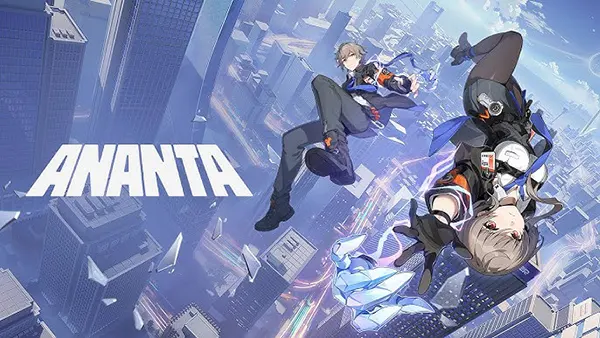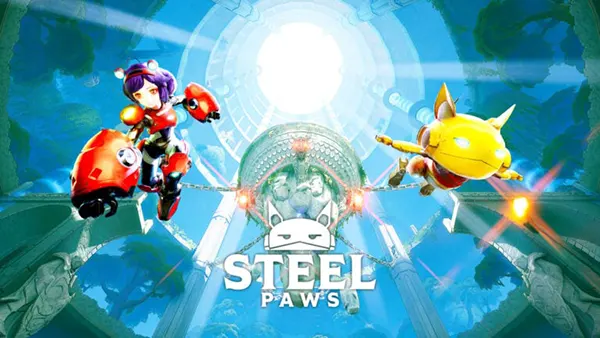Ananta: a new mobile open world, can it compete with GTA?

Ananta has become one of the most discussed mobile projects of 2025. With its ambition to bring a large-scale open world to smartphones, the game instantly attracted attention from players who wanted to see whether mobile hardware can finally support experiences comparable to major console titles. This article examines the real capabilities of Ananta, its technical base, gameplay ambitions and the question of whether it can be considered a genuine competitor to GTA on mobile.
The scale and structure of Ananta’s world
Ananta offers an extensive open world that includes varied districts, dynamic traffic and a day–night cycle. The developers focused on creating a continuous environment rather than isolated zones, which is unusual for mobile releases of this scale. Each district has its own architecture and behavioural patterns for NPCs, giving the map a sense of internal logic.
What distinguishes the project is the density of interactive elements. Various buildings can be entered, street systems react to player actions, and vehicles follow different behavioural templates. These details give the world a feeling of activity, something that mobile titles often struggle to achieve due to hardware limitations.
The size of the map is significantly larger than most open-world mobile games released between 2022 and 2024. Although it is not as large as modern console maps, the developers deliberately prioritised detail and performance optimisation over raw scale, which benefits the overall experience on mid-range devices.
How the world design influences exploration
The map layout is designed with clear navigation routes that adapt to different playstyles. Players who prefer direct progression will find quick paths between major locations, while those who prefer free roaming can explore hidden alleys, rooftop access points and underground routes. Such versatility helps the game feel structured without limiting experimentation.
NPC distribution also affects movement around the map. Busy districts contain more traffic, dynamic crowd reactions and environmental changes triggered by in-game events. Quieter districts give space for alternative approaches, making the world feel balanced rather than monotonous.
Environmental storytelling plays a key role. Instead of cutscenes, the game uses small visual cues — damaged walls, altered street signs, halted construction zones — that explain the city’s background. This approach reduces hardware load while still supporting narrative depth, which is important for mobile optimisation.
Gameplay systems and player progression
The gameplay structure combines driving, mission chains, character development and optional side tasks. Mission design often includes multi-stage objectives where players must switch between movement, stealth and vehicle control. These transitions run smoothly on supported devices, showing how much effort was invested in performance optimisation.
Character progression is based on improving specific skills rather than general levels. For example, driving, agility and tactical skills unlock unique mission routes or shortcuts. This adds a strategic layer and encourages replaying completed tasks with different specialisations.
Vehicles have noticeable differences in handling, acceleration and durability. The physics model is simplified compared to console standards but still consistent enough to create a recognisable driving experience. This positions Ananta as one of the more advanced mobile projects in terms of vehicle mechanics in 2025.
Combat and mission balance
The combat system is centred around short engagements. Enemies react based on line of sight and environmental cover rather than relying on scripted patterns. Although the system is not as intricate as full console shooters, it performs reliably across all supported devices.
Missions are structured in a way that avoids performance drops. Large-scale encounters are distributed across wider areas of the map to prevent overcrowding. Smaller missions often use interior spaces with fewer dynamic elements, which contributes to consistent frame rates.
Side activities include courier tasks, vehicle recovery, territory checks and item searches. While they follow familiar patterns, these small tasks help diversify the gameplay loop. They also support gradual mastery of the map, allowing players to discover shortcuts and hidden routes.

Technical performance and comparison with GTA
One of the key questions surrounding Ananta is whether it can challenge GTA on mobile. From a technical perspective, the game achieves stable performance on mid-range devices released between 2023 and 2025. Dynamic resolution scaling and asset streaming help maintain steady frame rates even during heavy traffic moments.
Compared to GTA: San Andreas Mobile and GTA: Chinatown Wars, Ananta offers more modern visual effects, improved lighting and higher-density NPC systems. However, GTA titles still deliver deeper mission variety and more developed narrative structure, which remains their competitive advantage.
In terms of physics and world reactivity, Ananta sits between older console ports and modern mobile standards. It cannot reproduce the full complexity of newer GTA releases, but it surpasses most mobile-native open-world projects by combining stable performance with layered interaction systems.
Final technical evaluation
The overall optimisation is designed to support a wide user base. High-end devices benefit from extended draw distance and more dynamic shadows, while older devices maintain stable gameplay by reducing visual effects without altering core mechanics. This approach ensures the game remains accessible without compromising rigidity of world systems.
Server synchronisation is also notable. Online features such as shared districts or cooperative tasks run on lightweight data models, allowing consistent performance even on mobile networks. The servers prioritise positional and interaction data, reducing unnecessary traffic load.
As of 2025, Ananta cannot fully match modern GTA titles in complexity, but it offers the closest mobile alternative in terms of structure and world behaviour. Its main strength is the ability to provide a large and active environment while remaining technically stable across a broad range of devices.




